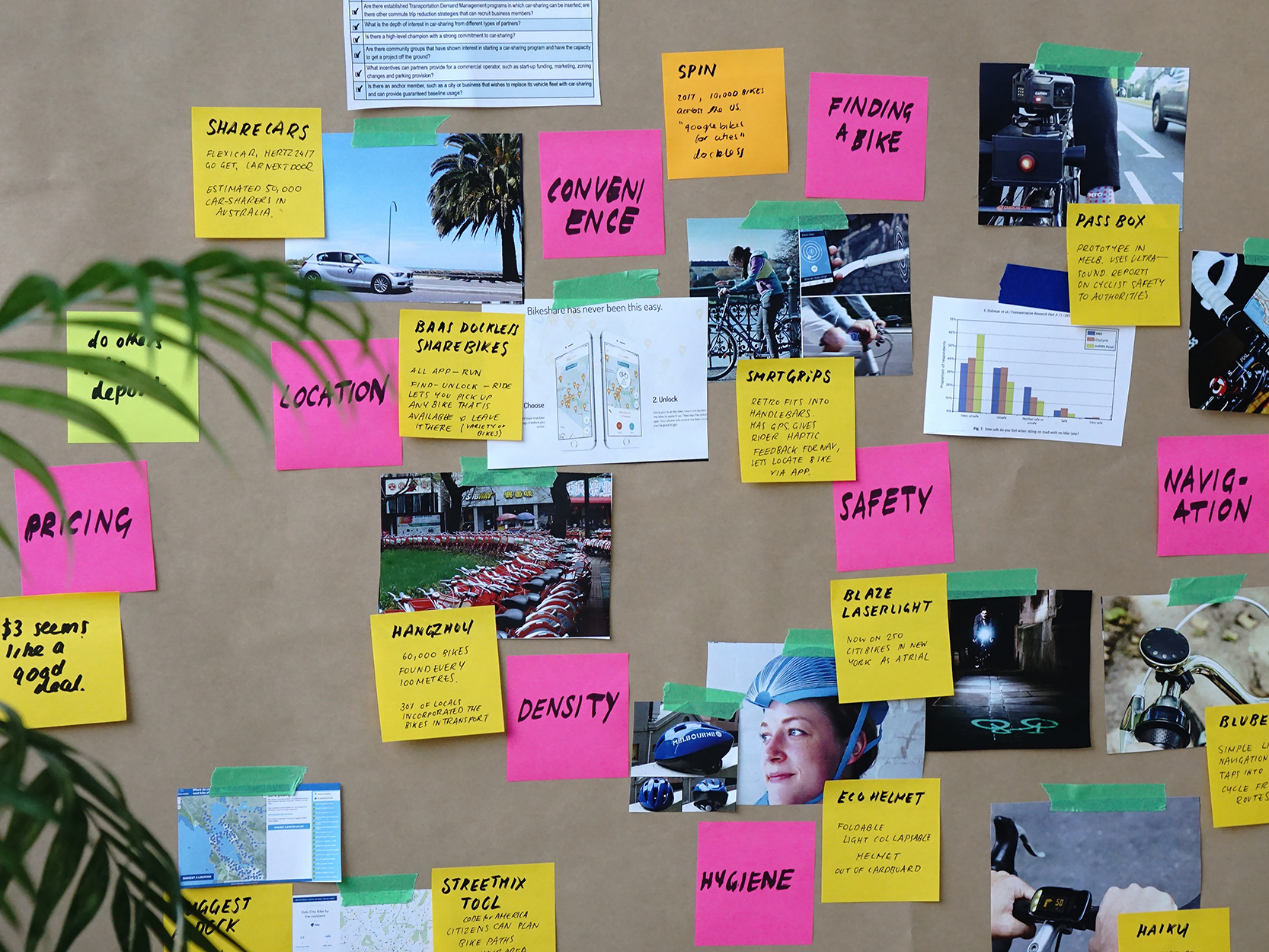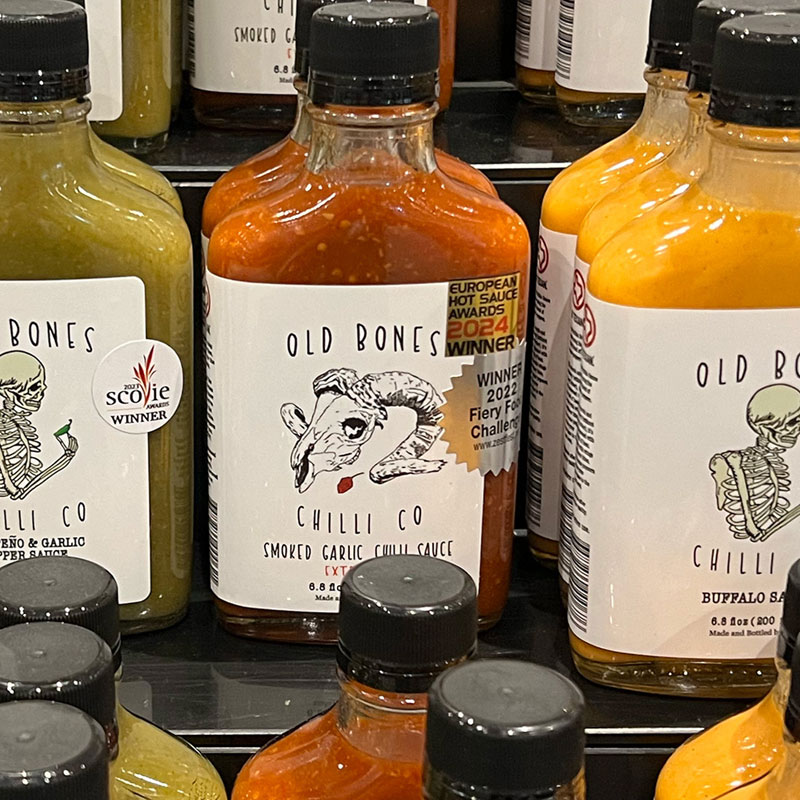4 Steps to Generating Brand Insights

From the outside, brand positioning can seem a little like alchemy. But in fact, much of it can be approached systematically. Once you take the guesswork out, uncovering the right direction for your brand becomes easier.
So how do you start? Generally, we recommend a robust research phase before starting positioning. From within that research, insights about your brand will emerge that will help make positioning easier. Here are four steps to conducting research and generating brand insights from our own very systematic Director of Strategy, Miriam Stone.
01 – Collecting
First, start collecting as much information as you can. Your goal is to understand your brand from different perspectives — your audience, the internal organization, the competitive landscape. Answer questions like: What about this brand is authentic? What do audiences care about? What makes the brand stand out from its competitors?
Keep the following in mind:
- Pull research from a variety of sources: internal documents; industry news and trends; interviews with team members, partners, and customers; social media commentary and reviews; audience surveys or feedback.
- Try not to make any judgments until the research is done. Just read and listen; be a sponge.
One exercise recommendation:
As an internal team, list every competitor, then prioritize the top three. Break into groups and list out “points of differentiation” between your brand and competitors’ brands—not just product benefits, but brand strengths and weaknesses, personality, reputation, etc.
02 – Grouping
Once you’ve completed your research, it’s time to synthesize. Write down every fact, quote, or interesting piece of information on a sticky note–one fact per note–then put them all up on a big wall.
Next, start grouping similar or related facts into general themes. These can be very simple (i.e. a theme about internal collaboration, or about how audiences are seeking more guidance). At this stage, don’t try to draw out insights. This takes the pressure off and allows you to take a wider, more objective view.
03 – Synthesizing
Once you’ve got these larger themes, it’s time to find deeper connections. Look for points of tension between your themes, ideas that are strongly supported, or anything that doesn’t make sense. Let yourself think more creatively here. Pull from the facts and data, but let the ideas build and stretch.
Ultimately, you should be able to get down to five or six key insights about your brand. What are its unique strengths? What’s authentic about it internally and externally? How does it need to adapt or transform to be relevant?
04 – Storytelling
Once you have your key insights, it’s time to bring others into your process and let them know what you’ve learned.
You might be presenting in slides, but don’t think in slides — write everything out in an outline first. It will help you tell a clearer story. Write out all your insights and conclusions, then step back and consider the story you are telling about your brand. Are there any holes or logical flaws? Can you begin to see how the brand positioning will take shape? Is it giving you clear direction? You should be able to answer questions relating to the brand’s authenticity, relevance, and competitive advantage.
You should now have a more clear understanding of your brand and a way to bring others along on your journey. With this foundation in place, you should be able to develop a strong, clear, strategic positioning for your brand.
Check out the How Brands Are Built podcast for more on Miriam’s process and other great brand strategy tips.





